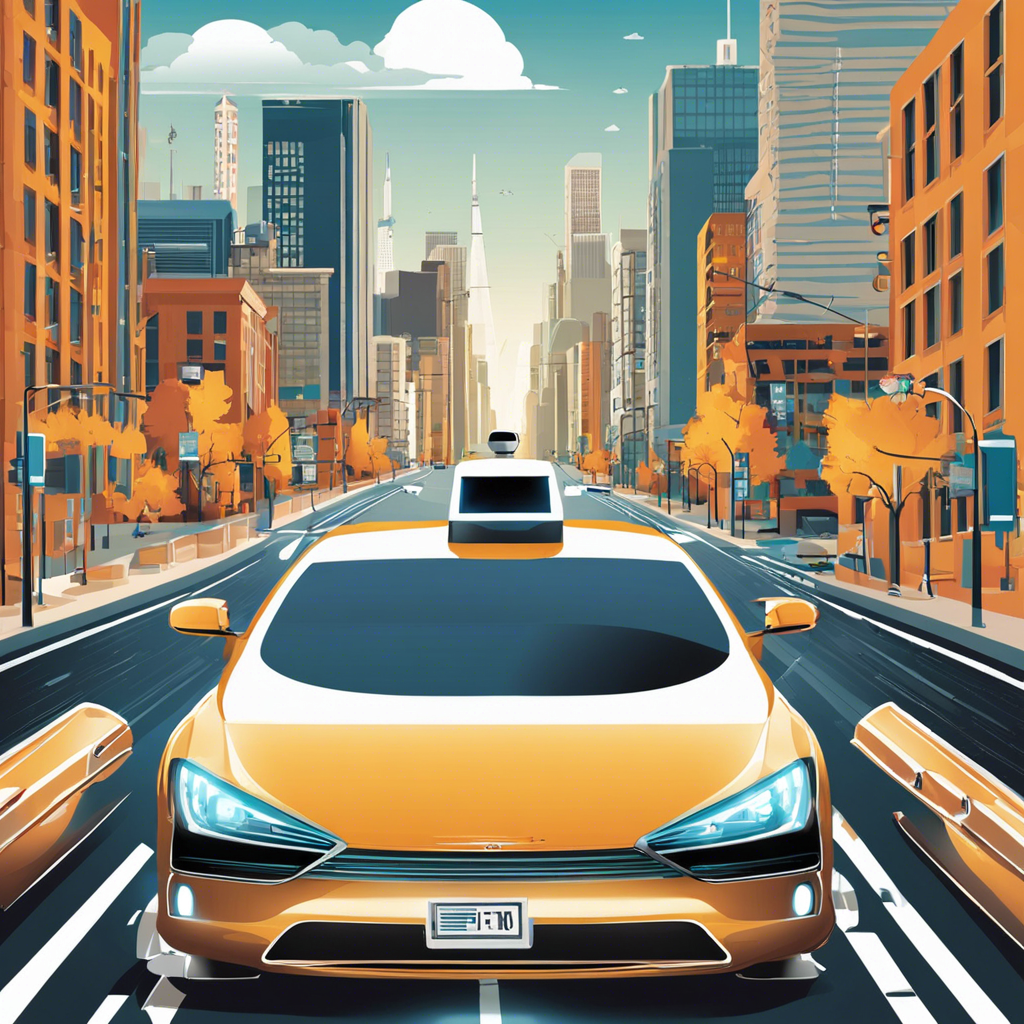The idea of self-driving cars has captivated the public imagination for decades, but what was once a futuristic concept is now becoming a reality. Self-driving cars, also known as autonomous vehicles, are no longer just a fantasy of science fiction. They are an exciting innovation that promises to revolutionize the way we travel, making our roads safer and more efficient. But how exactly do these vehicles navigate without a human driver? Let’s take a closer look at the fascinating science behind this breakthrough technology.
At the core of autonomous vehicles’ capabilities are advanced sensors and software. These cars are equipped with a range of sensors, including cameras, LiDAR (Light Detection and Ranging), radar, and ultrasonic sensors. Each sensor plays a crucial role in detecting and interpreting the surrounding environment. Cameras, for instance, capture high-resolution images to identify objects, while LiDAR sensors use laser pulses to create a detailed 3D map of the surroundings, ensuring the car understands the distance and position of objects. Radar and ultrasonic sensors further enhance this perception by detecting moving objects and measuring their speed and proximity.
Artificial intelligence (AI) is the brain powering self-driving cars. AI algorithms process the vast amount of data collected by the sensors and make real-time decisions about the vehicle’s actions. These algorithms are trained using machine learning techniques, enabling the car to recognize patterns, predict behaviors, and make split-second decisions on the road. For example, when a pedestrian steps off the curb, the vehicle’s AI quickly detects this movement, predicts the pedestrian’s path, and adjusts its own trajectory to avoid a potential collision.
One of the key challenges in autonomous driving is teaching the car to understand and respond to complex traffic scenarios. This involves programming the vehicle to interpret and follow traffic rules, recognize and respond to road signs and signals, and make safe decisions in unpredictable situations. To achieve this, extensive testing and data collection are required, allowing the AI to learn from various scenarios and improve its decision-making capabilities.
Safety is a top priority in the development of self-driving cars. Multiple levels of redundancy are built into the systems to ensure that, even if one component fails, the vehicle can still operate safely. For instance, if a camera is obstructed, the LiDAR and radar sensors can provide backup data to maintain the car’s awareness of its surroundings.
As the technology continues to evolve, we can expect self-driving cars to become increasingly common on our roads. The science behind their operation is a testament to human ingenuity and our ongoing pursuit of safer, more efficient transportation. With each advancement, we move closer to a future where autonomous vehicles seamlessly integrate into our daily lives.
